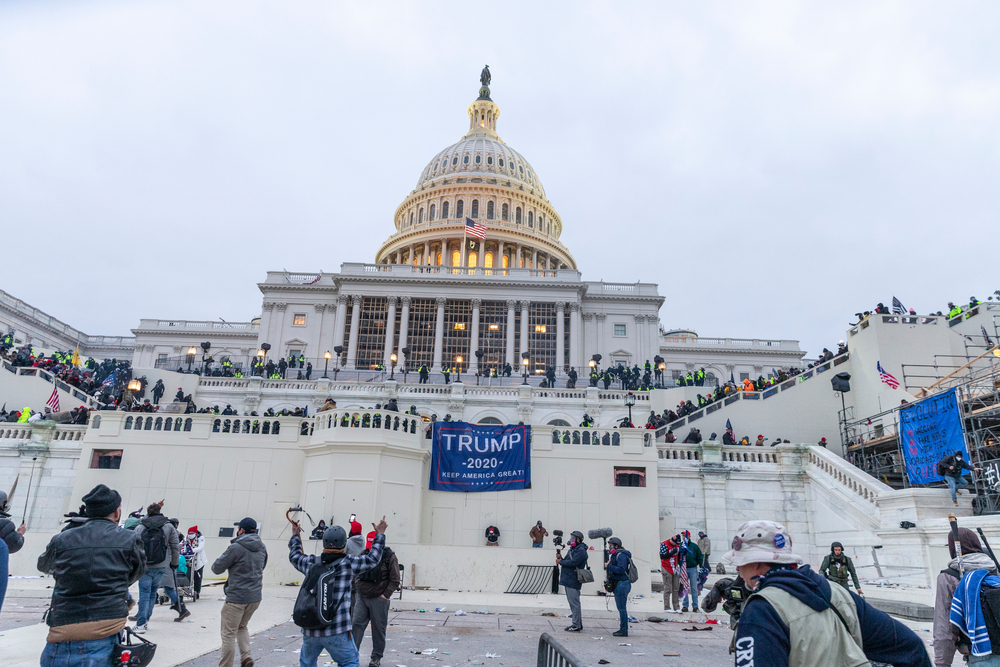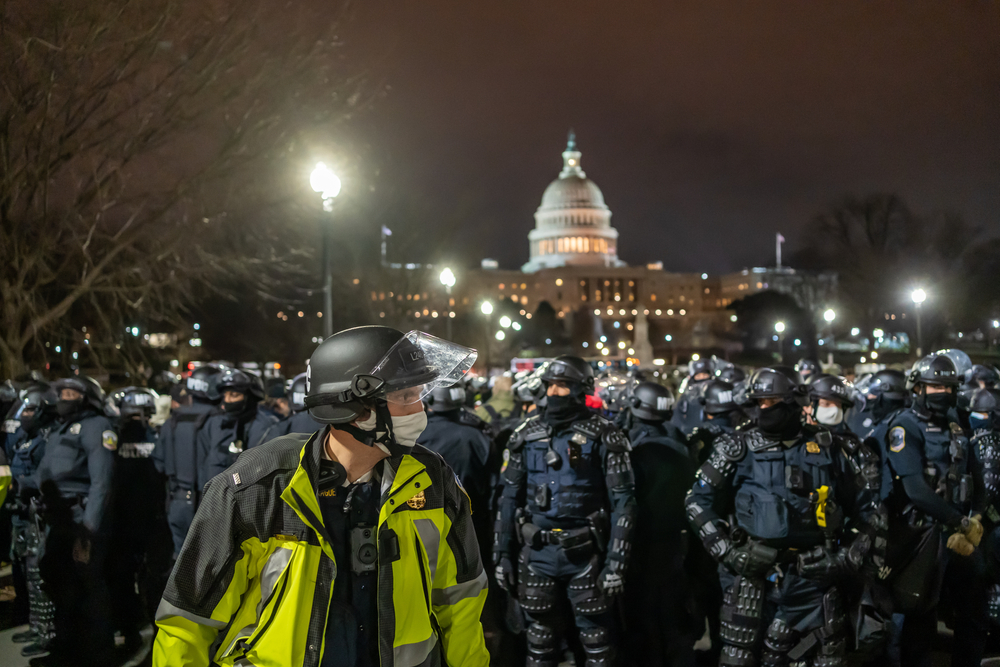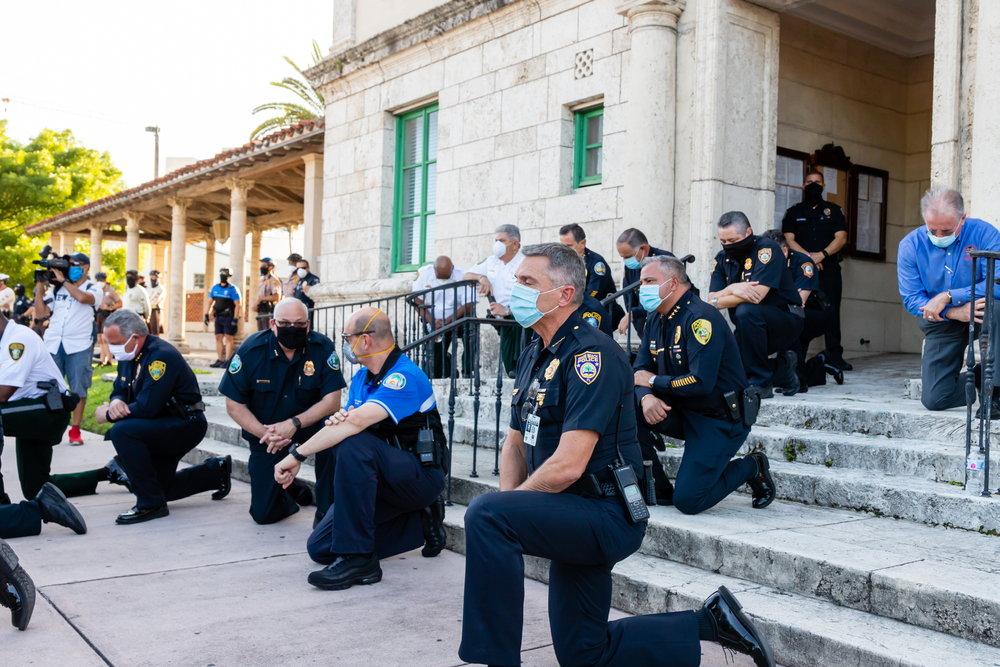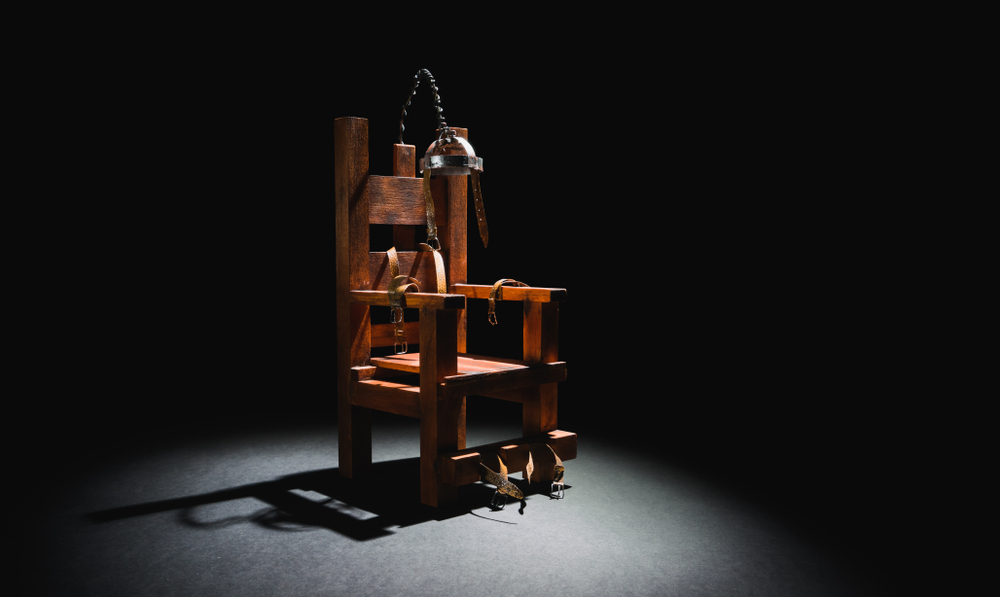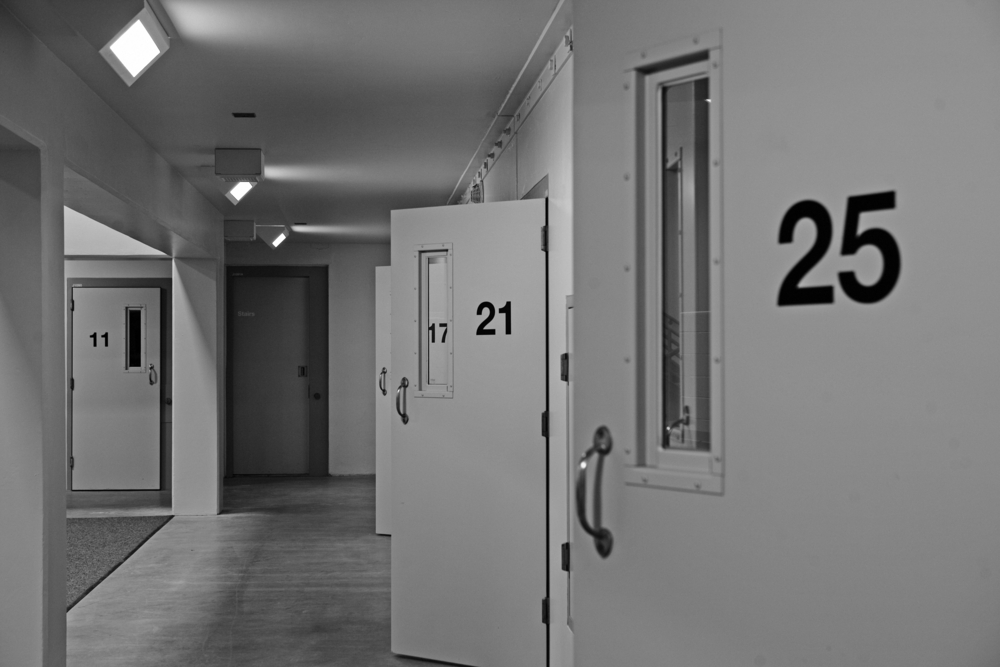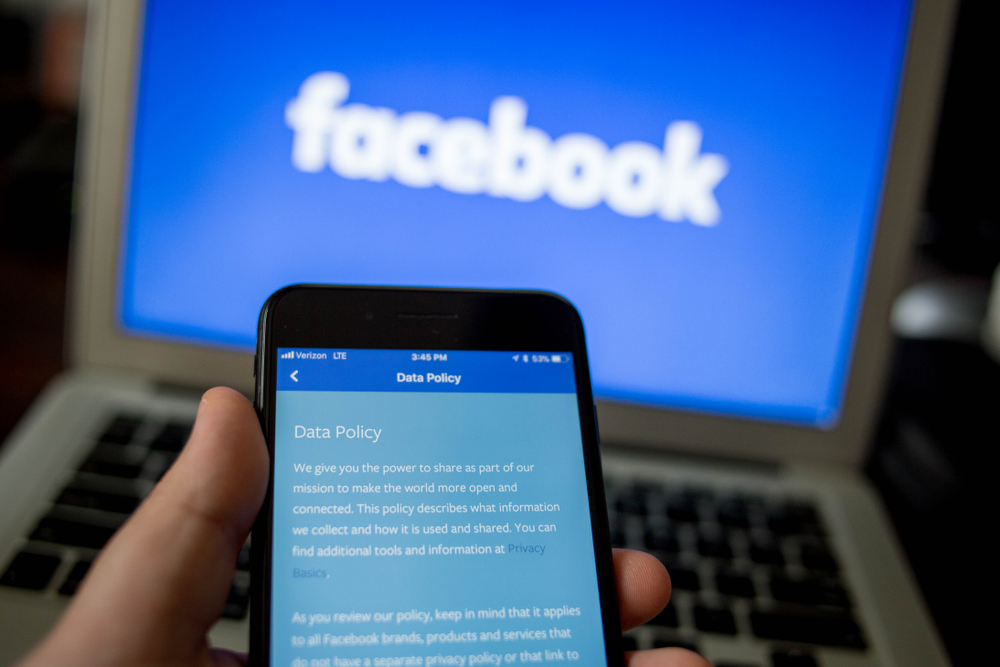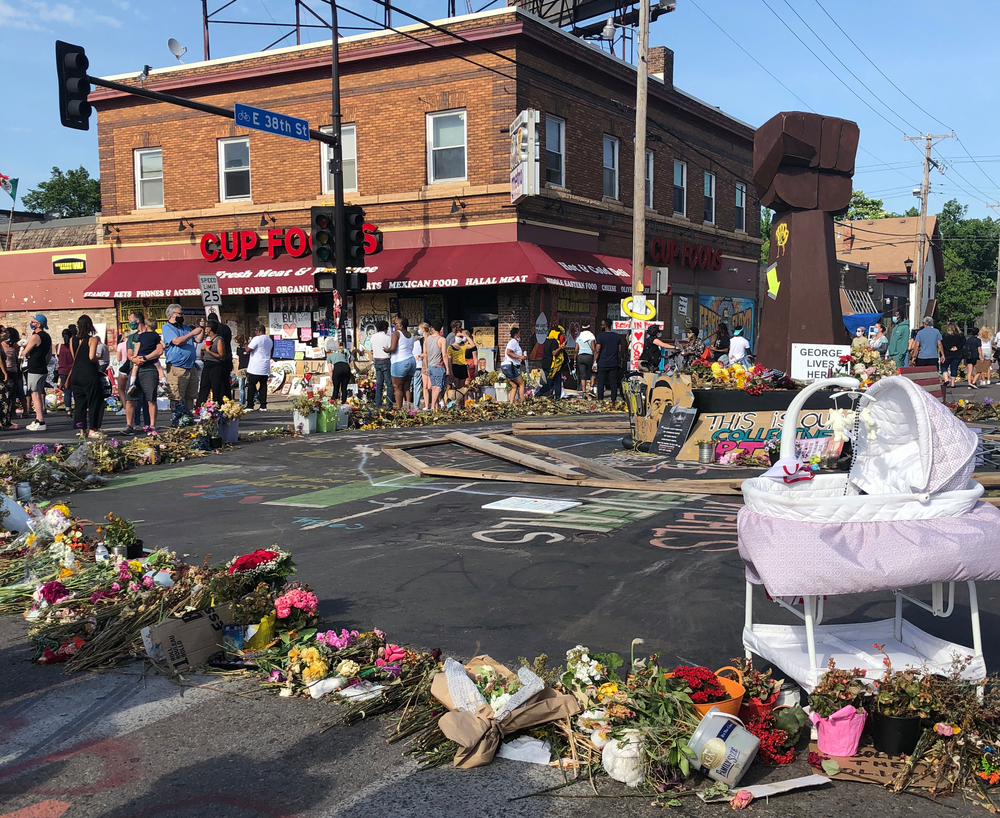New documentary closes saga of Florida’s ‘obscene’ cartoonist
Michael “Mike” Diana seems like an unlikely movie star. He’s got a sallow face and long, stringy hair. He’s so soft-spoken he can be hard to understand. He’s got an odd criminal record in Florida.
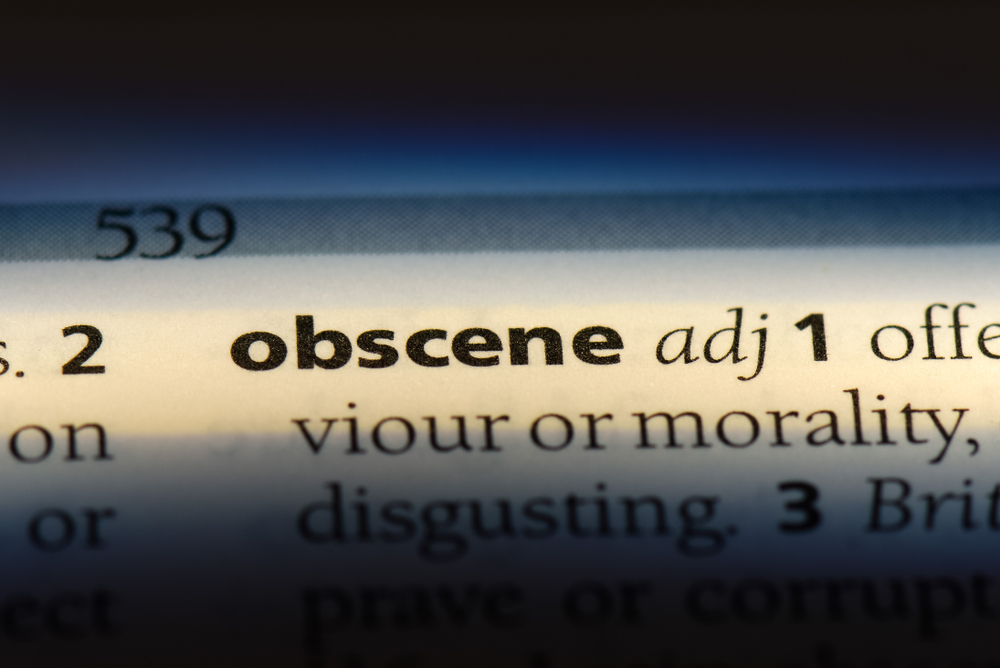
But that criminal record is the reason for his stardom. In 1994, when he was 25, Diana became the first artist in American history to serve jail time for obscenity. When he walked into his cell at the Pinellas County (Florida) Jail, another inmate asked what he was in for.
“For drawing cartoons,” Diana said.
“Damn,” the inmate replied. “They’ll throw you in here for anything!”
Now there’s a documentary about his strange case. Boiled Angels: The Trial of Mike Diana is available on Amazon Prime, where anyone with an Internet connection can see both Diana’s controversial drawings as well as the surreal path that justice took with his prosecution and punishment.
And in a twist, the documentary is responsible for finally putting his court case to rest.
***
It all started with a serial killer.
In the late 1980s, Diana, the son of a science teacher and a homemaker, was working as a convenience store clerk and living in Largo, FL He spent his off-hours drawing disturbing cartoons about rape, murder and child molestation — all based on things he’d seen on the nightly news. He would use a copier to mass-produce the drawings and put them together into comic books he’d sell via mail order to perhaps 300 subscribers. He titled his comic books “Boiled Angel.”
RELATED: Golf injuries are big business for lawyers
RELATED: Fourth Amendment case raises larger questions
Then, in 1990, detectives stumbled across a copy of Boiled Angel No. 6 while investigating the grisly slayings of five college students at the University of Florida. The graphic drawings of murder and mutilation made the detectives suspect the cartoonist of committing the killings. They even sent officers to take a blood sample from Diana, who was quickly eliminated as a suspect. (The murders were actually the work of a drifter named Danny Rolling, who became known as “the Gainesville Ripper.” The Rolling case was later cited as the inspiration for the Scream movie franchise.)
Still, detectives looking over his bizarre depictions of cannibalism and other horrors believed they showed crimes Diana might commit in the future. A Pinellas County deputy, using an assumed name, purchased a copy of Boiled Angel No. 7 through the mail. After some delay caused by prosecutors trying to figure out what to do about Diana, they charged him with three counts of obscenity.
Although Diana self-published his work, his arrest so outraged the comics community that the Comic Book Legal Defense Fund ended up spending more than $50,000 supporting his legal fight. That included hiring one of the Tampa Bay region’s best-known free speech attorneys to defend him.
The shaggy-haired Luke Lirot had not built up his reputation by defending artists and writers, however. His clientele consisted primarily of strippers, and his arguments generally concerned whether their dance routines were protected by the First Amendment. Still, he was convinced Diana was being railroaded on ridiculous charges, and he lined up witnesses to say so — including Diana himself.
***
The March 1994 trial turned the normally quiet entrance to Pinellas County’s misdemeanor courts into a media circus. Anti-obscenity protesters showed up to wave signs for the television cameras and express shock about the drawings they would never have seen had Diana not been prosecuted. Meanwhile the defendant would arrive arm in arm with his new girlfriend, a club DJ who called herself Suzy Solar and who delighted in doing outrageous things to get the attention of the camera crews.
During his trial, Diana testified that he did not intend to sexually arouse his readers, which is one of the legal tests for material judged to be obscene. Instead, he said, he wanted to horrify the readers.
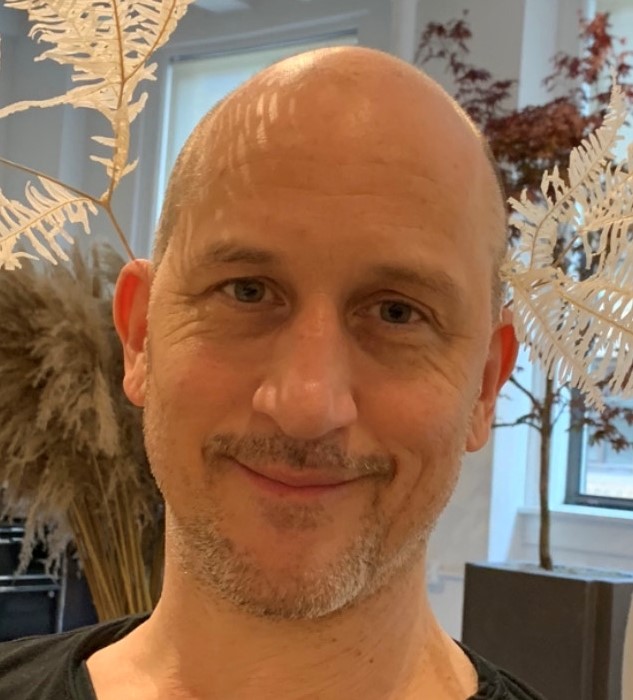
“I make it as ugly as possible,” he said. “I want to make it really terrifying, because these things really terrify me.”
Because another test for obscenity is that it has no artistic merit, Lirot brought in experts from San Francisco and New York to attest to the artistic aspects of Diana’s drawings. The lead prosecutor, Stuart Baggish, professed himself unimpressed. In his closing argument, he told the jury that Pinellas County “doesn’t have to accept what is acceptable in the bathhouses in San Francisco, and it doesn’t have to accept what is acceptable in the crack alleys of New York.” What counts are local standards, he said.
The prosecution’s witnesses included a Florida novelist named Sterling Watson, whose book The Calling featured a scene of a professor leading a gang rape, and who testified that he found no artistic merit in Diana’s work; as well as a local psychologist named Sidney Merin, who testified that Diana’s drawings showed a mind that could easily progress from imagining horrible crimes to committing them. Merin, whom the criminal defense bar had long ago dubbed “Sid the Squid” because of his ability to squirt ink into the jury’s face and confuse them, had not interviewed Diana prior to delivering that opinion.
The jury’s deliberations took a mere 90 minutes. They found Diana guilty on all three counts.
The verdict came in on a Friday afternoon, but Pinellas County Judge Walter Fullerton — who bore a striking resemblance to George Carlin — said he wasn’t ready to pronounce sentence. He could have sent Diana home and told him to come back after the weekend.
Instead, Fullerton sent Diana to cool his heels in the county jail for three days before bringing him back into court.
After his weekend behind bars, Diana learned the sentence he’d drawn: three years of probation, a $3,000 fine and 1,000 hours of community service. Fullerton also ordered him to undergo drug testing (even though no one had accused him of being under the influence), take a journalism ethics course, get a psychological exam, stay away from minors and draw nothing obscene. That last condition meant that every time he put pen to paper, Diana had to think about what a probation officer would say about his choice of images.
Lirot appealed, citing a number of irregularities, including the fact that the judge called a recess right in the middle of Lirot’s closing argument — something even Baggish found odd. Ultimately a higher court tossed out one of the three counts, because it concerned a comic book called Boiled Angel Ate that Diana hadn’t even drawn at the time he was charged. He had just promised it to his subscribers. The appeals court also tossed the requirement he take a drug test. But the appellate judge upheld the other two counts, and Lirot could not get any higher courts interested in undoing the conviction of an artist found guilty of drawing dirty pictures.
***
Although the Florida court system had punished Diana, in a way it had also done him a favor, plucking him from obscurity and making him nationally known.
Before long, the ex-inmate was appearing on TV talk shows, displaying paintings at the Museum of Modern Art and delivering speeches in Amsterdam and Berlin. A rock groupie even cast his private parts in plaster — she’d done the same thing to Jimi Hendrix, she said.
By the time his appeals had run their course, Diana had quit his convenience store job and moved to New York, where he shared a rent-controlled Lower East Side apartment with a member of a band called “The Voluptuous Horror of Karen Black.” Why New York? Because, he said, he’d been invited by Screw publisher Al Goldstein to appear on his show, Midnight Blue, which taped there.
It didn’t hurt that while he lived in New York, he could draw whatever he wanted without worrying about a probation officer raiding his home in search of obscene material.
A few years ago, Diana befriended a comics geek who called himself Mike Hunchback and a film director and historian named Frank Henenlotter. The trio began getting together once a week for a movie night, Hunchback said. Hunchback was well aware of Diana’s claim to fame, he said, but Henenlotter was not.
“Then, after about a year of us watching movies together, (Henenlotter) looked it up and he was pretty knocked out,” Hunchback said. The director immediately decreed that he had to make a documentary about Diana’s case. Hunchback signed on as co-producer and Diana said he was willing.
Despite Diana’s quick agreement, “it was not an easy undertaking,” Hunchback said.
The production required shooting footage in multiple locations — not just Florida, but also Texas and Canada, Hunchback said. They were able to locate and interview Baggish, no longer a prosecutor, as well as Suzy Solar and one of the leaders of the groups that protested against Diana. They talked to Diana’s parents, brother and sister. They lined up punk legend Jello Biafra of the Dead Kennedys to narrate. Acclaimed fantasy author and comics creator Neil Gaiman agreed to let them film an interview with him in his home. They even got to talk to legendary horror director George A. Romero before he died.
The filmmakers weaved Diana’s story into the whole history of comics, starting with the controversial EC Comics imprint of the 1940s and 1950s and the underground comics movement of the 1960s and ‘70s. They put it into the context of changing national mores in the 1980s and the rise of ‘zine culture, too.
The biggest hurdle to getting the movie made was their star.
“Mike is an artist, not a public speaker,” Hunchback said, who described his friend as “the sweetest guy in the world” and also “a loveable oddball.” Getting him to speak up, and to tell his own story in something other than his usual matter-of-fact tone, “was the most difficult thing.”
The other complication is one they discovered when they wanted to film some scenes of Diana back in Florida. It turned out he was a wanted man. Between his moving to New York and the twists and turns of his appeals, he had lost track of where he stood on completing his probation. A quarter century after his trial, now bald and approaching 50, he was still not done with the case.
“I was still wanted in Florida on a violation of probation warrant and felt like I was sneaking around,” Diana said.
No Florida deputies flew to New York to apprehend the ink-stained scofflaw. But whenever Diana would fly overseas for an exhibit or a lecture, his return home would lead to delays. Invariably, the Division of Homeland Security would hold him when he got off the plane, alerted to the presence of his outstanding warrant. Usually, Diana said, they would turn him loose once they found out Florida authorities wouldn’t pay to extradite him over a mere misdemeanor.
The filmmakers enlisted Lirot’s help to get Diana’s legal obligations cleared up. They covered the costs for him getting records showing he’d taken a journalism ethics class at New York University and had undergone a psychological exam years before. Dealing with so much red tape was not Diana’s forte, Hunchback said.
“I had to babysit the guy,” he said, laughing. “I had to call him up and say, ‘Hey Mike, you need to get up and go do this today.’”
Finally, in February, Diana convinced a court that he’d completed all the conditions of his probation and the warrant was withdrawn. He was a free man — the perfect ending for the documentary.
These days Diana continues painting and drawing the same things that once landed him in so much trouble, although he has yet to produce the real-life massacre that police feared. He’s even partnered with a company called Threadlist to put his drawings on coronavirus masks to sell to fans. The horrors that once landed him in jail now seem to fit right in with everything else going on in 2020.
Diana has never married or had children. He frequently watches Adult Swim shows on the Cartoon Network or images in video games. To him they don’t look all that different from his sketches in Boiled Angel. And nobody is screaming for anyone to go to jail over those.
“Everything seems more open now,” he said.











